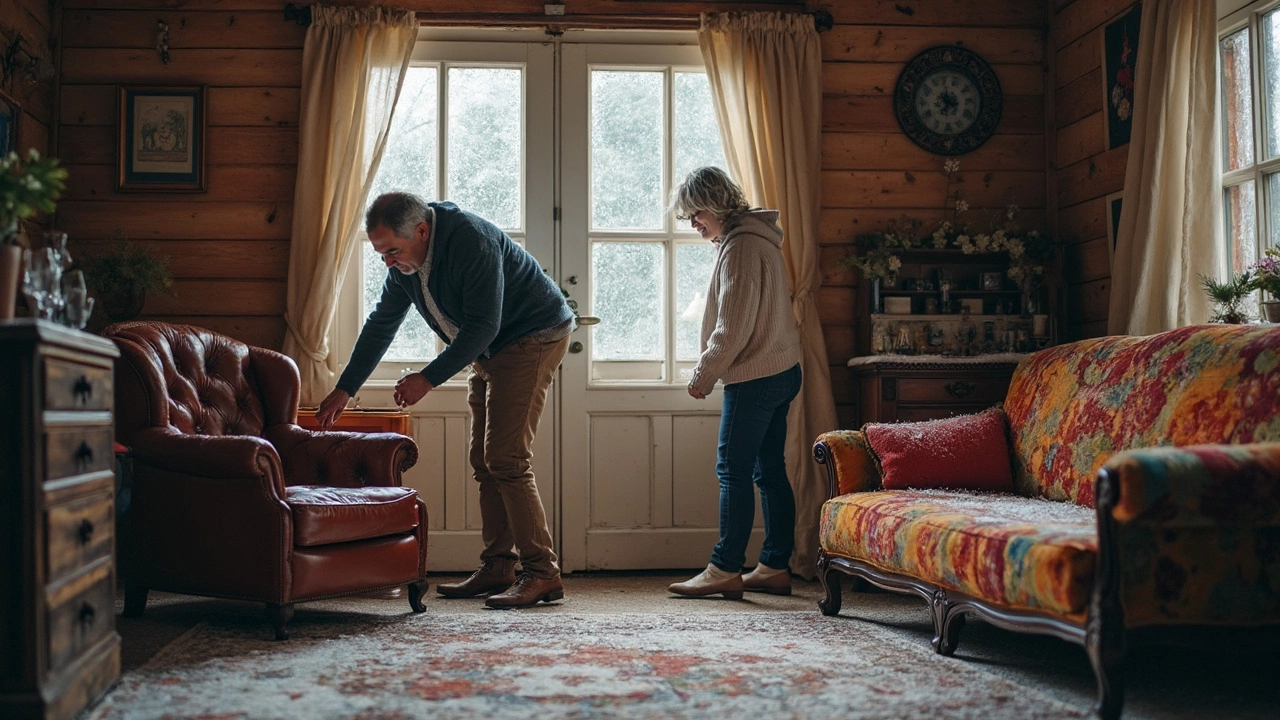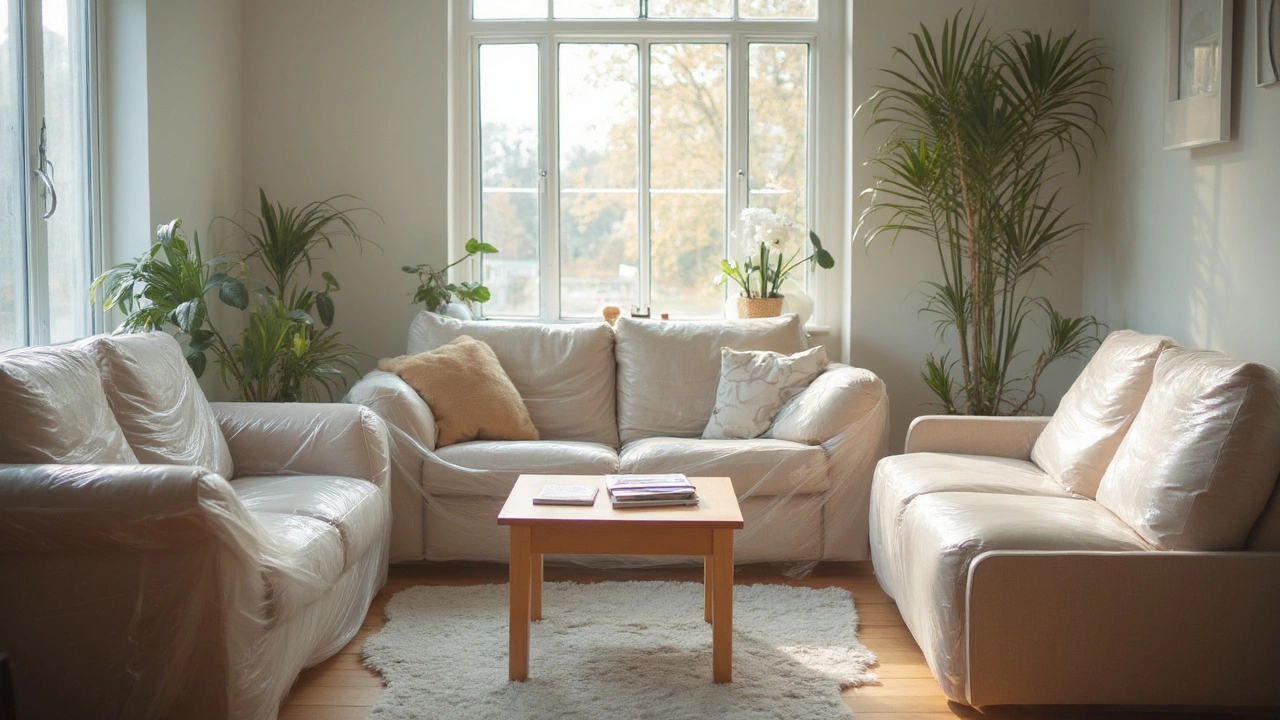Protection Tips for Your Furniture and Home
Ever wonder why some pieces look brand new after years while others wear out fast? The secret is simple: everyday protection. A few habits can stop stains, scratches, and wear before they happen. Below are easy steps you can add to your routine, whether you’re caring for a sofa, a patio set, or the storage space in your attic.
Everyday Protection for Sofas and Chairs
Start with the basics. Vacuum your sofa once a week to lift dust and grit that can grind the fabric. If you have kids or pets, use a slip‑cover or a light throw that you can wash regularly. For leather pieces, wipe down with a damp cloth and apply a leather conditioner every three months – it keeps the surface supple and blocks spills.
When you buy a new sofa, check the frame material. Hardwood frames, especially oak or ash, are tougher than soft pine. Pair that with high‑density foam cushions and you’ll get a seat that holds its shape for years. If the upholstery is fabric, choose a stain‑resistant weave; many brands now treat the fibers during production.
One trick many forget: rotate cushions every few months. It spreads wear evenly and stops one side from flattening. Also, keep sharp objects like keys or pet claws away from armrests – a quick place to store them can save you a costly repair.
Guarding Outdoor and Storage Spaces
Patio furniture faces sun, rain, and wind, so pick pieces made for the elements. Aluminum frames resist rust, while teak naturally sheds water. A simple spray of outdoor sealant once a year adds an extra barrier against moisture.
For storage areas, think about pests. Mouse repellent sachets or natural peppermint oil drops work well in closets and under beds. Keep boxes off the floor and on shelves; this denies mice a hidden path and makes cleaning easier.
If you store a mattress or futon under a bed, avoid placing damp items nearby. Moisture can cause mould, which ruins the material and harms your health. Use breathable fabric bags and check the space monthly for signs of dampness.
Lastly, for any large item like a TV stand or bookshelf, make sure it sits on a flat, level surface. An uneven base can stress joints and lead to cracks over time. A quick level check with a phone app can catch the problem before it spreads.
Putting these small actions into practice doesn’t take much time, but the payoff is big. You’ll notice fewer stains, fewer squeaks, and a home that feels as fresh as the day you first moved in. Keep it simple, stay consistent, and your furniture will thank you for years to come.
How Cold Is Too Cold for Furniture? Storage Guidelines You Can't Ignore
Wondering if chilly storage spaces can ruin your furniture? This article breaks down the exact temperatures that could spell trouble for your wood, leather, and fabric pieces. You'll get practical tips on keeping furniture safe in the cold and learn which materials are the most vulnerable. Discover simple ways to winter-proof your storage and avoid costly surprises when it's time to bring everything back indoors. No jargon here—just clear, useful advice for getting furniture through any freeze.
MoreIs Shrink Wrapping Furniture Worth It? Pros, Costs, and What to Expect
Thinking about shrink wrapping your furniture before storing it? This article breaks down what shrink wrapping really does, how it stacks up against other storage options, and what it’ll actually cost you. You’ll find out the types of furniture that benefit most, common mistakes to avoid, and a few tips if you want to try it yourself. By the end, you’ll know if shrink wrapping is actually worth it for your stuff—or if you’re better off with something else. No fluff, just the facts you need.
More

